Get SEO right and create content that’s a magnet for traffic
What is SEO?
SEO or Search Engine Optimisation is a key part of driving traffic to your website. It improves your chances of being listed in the top results of search engines such as Google, Bing and Yahoo.
While you’ll be very familiar with doing these searches, achieving a high-rank is no mean feat.
All these search engines use algorithms which give weight to your website. Weighting based on the quality of content that appears on it.
From the public sector’s perspective, your content is competing with commercial content, bloggers as well as other public-sector organisations. You should aim to have your content ranking first, otherwise why put the effort into creating your content?
It means you need to employ various strategies to keep your site relevant, competitive and as high up search lists as possible.
These include adding keywords, tags, titles, or third-party links to any content shared on your website.
Always aim for being number one of any SEO search rankings list. That’s why you put in all that effort in to create the content @JSTweetsDigitalClick To TweetWhy SEO for Public Sector?
SEO is crucial for your website, whether your institution’s objectives are to share important information, promote your services, or attract the public to come and visit.
For example, a crucial part of any government department is to clearly communicate policies and ensure information is accurately conveyed. Improve team communication with this 6 step guide.
So, having this information easily searchable online will mean the public can find it quickly and won’t get confused by misinformation on other sites.
Similarly, if you work in a museum you’ll want to attract as many tourists and visitors as possible to help it continue to thrive.
So, a good SEO strategy will see your museum place higher on searches like ‘Things to do in Dublin’ than competing attractions.
Whether you want to sell products and services, ensure official information is accurately conveyed or ensure your site is easy to find, good SEO should always be employed by your Government agency| @JSTweetsDigitalClick To Tweet
SEO Best Practice
There are two fundamental ways to approaching SEO, on-page and off-page. Both are equally important and there are hundreds of techniques to doing both well.
Whichever approach you take, the focus should always be on the quality of content. Because of the way the algorithms work, over-optimising your content can be just as detrimental as under-optimising, plus it can make your website read like spam.
On-page SEO
This should be your starting point and it basically means optimising your pages by using keywords, tagging any images and creating accurate descriptors of your services.
It’s also about ensuring the content on your website reflects the reasons people will be searching for your services or institution.
So, if you are a leading Irish university you need to anticipate what a prospective student may be searching, for example, ‘best Irish Universities’ or ‘which university is best for studying medicine?’
By researching these keywords whether in short or long tail form, you can create written content, and tag images which will incorporate some of these terms.
Short tail keywords are no more than a few words and should always cover your core offering. So, if you’re working for Revenue it might be something around ‘Self-assessment tax returns’. If you work for Irish Rail it might be ‘public transport to Galway’
Long tail Keywords on the other hand are typically longer sentences or question which require you to really put yourself into your customers shoes and think about their needs.
So, in this case for Revenue they might be searching ‘When do I pay my taxes if I’m self-employed?’ Or it could be ‘Is Galway worth a weekend visit?’ if you’re working for Iarnród Eireann.
Find quality partners sites to link your articles to and vice versa. This will help your site build credibility and move up the rankings| @JSTweetsDigitalClick To TweetUX, mobile responsiveness and voice search
Finally, as the way we consume online media or utilise search options is constantly changing, you should always be reviewing your website against the latest User Experience guidelines as this is something the algorithms will also take into consideration.
Ensuring your site is mobile responsive is of critical importance, and no doubt this will already feature in your marketing plans as the majority of personal online browsing is now carried on smartphones.
But coming fast down the line is the predicted future of search – voice search. With asking Google, Siri and Alexa becoming ever more popular, a clever use of our longtail keywords will never be more important as people will use full sentences to search for goods and services.
The future of search will be voice search, so getting your long tail keywords optimised with your content is crucial |@JSTweetsDigitalClick To TweetGreat example of SEO used in the public sector
One great example of the clever use of content was done by the Met Office in the UK recently.
By using Google Analytics, they were able to see there was a content gap. A gap between what people wanted to know or understand about the weather and what they were being currently served (the weather forecast). This gave them a competitive edge in terms of attracting the public to their site. They maintained top place in the rankings. No competing weather forecast site knew the workings of the weather better than they did, or could make it as easy to understand.
Want to know more?
SEO is simple in theory but complex in practice. That’s why there’s a whole industry dedicated to getting it right.
Like most valuable things, we can’t offer you a magic pill to instant success at it.
But we can help you get to the top of the rankings over time by guiding you on best practices.
So, if you’d like to know more then we’d be only too happy to help.
Feel free to contact us today.

 JOIN OUR FACEBOOK GROUP
JOIN OUR FACEBOOK GROUP
Leave a Reply